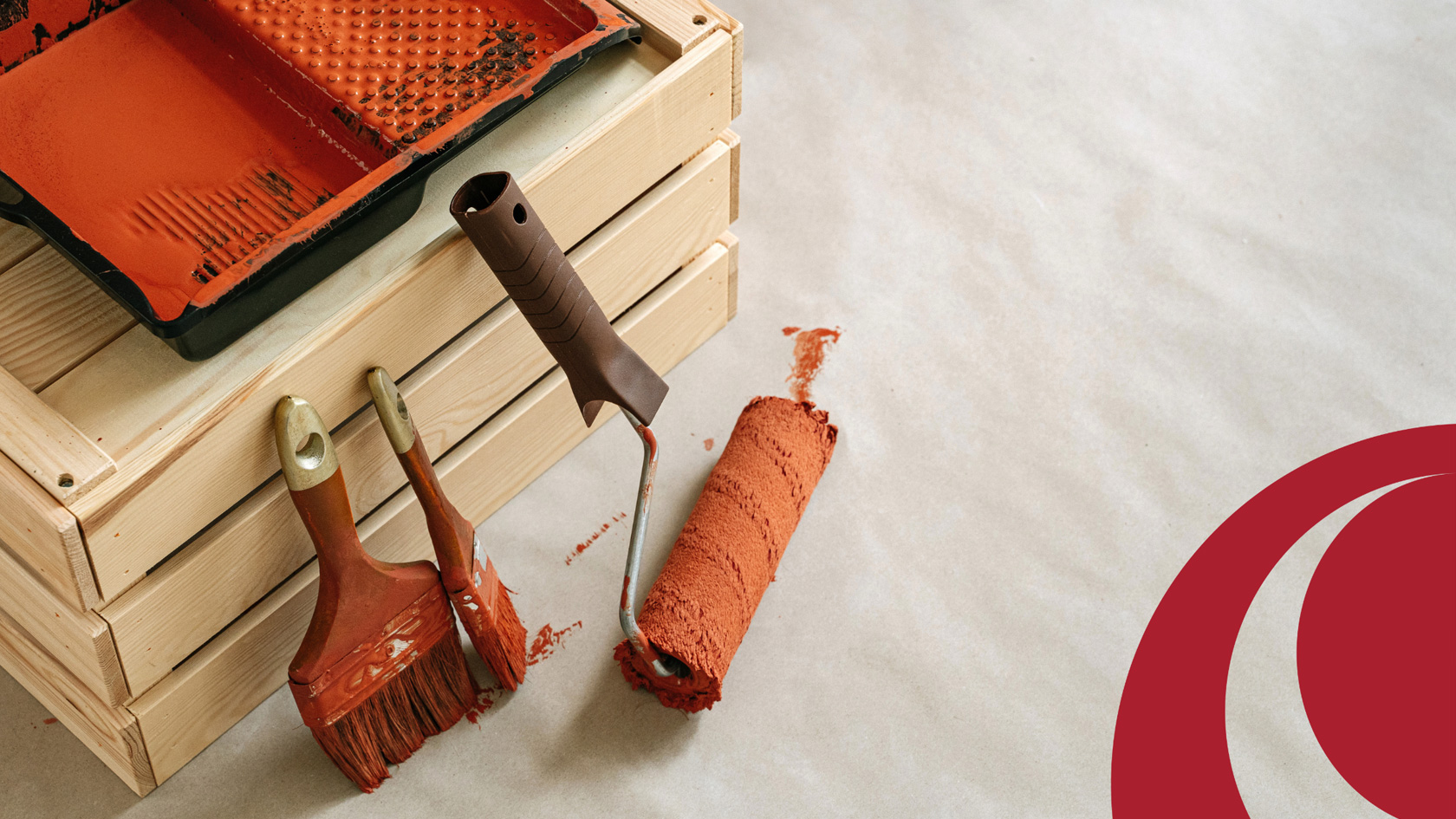How To Choose The Right Brush For Different Paint Finishes
Selecting the right brush for your wall painting project might seem like a trivial task, but it can make a huge difference when it comes to achieving the perfect paint finish. Whether you’re a DIY enthusiast or a professional painter, understanding the nuances of different brushes helps you bring your artistic visions to life with greater precision.
Paint Perfection: Importance Of Selecting The Right Brush For The Desired Finish
The booming interest in unique wall textures and finishes has made it crucial for both homeowners and professionals to choose their tools wisely. Using the wrong brush can result in uneven textures or streaky finishes, which often detract from the overall aesthetic.
Here are some key reasons why selecting the correct brush is significant:
- The perfect brush type guarantees even paint distribution, reducing streaks and brush marks.
- The right brush simplifies and speeds up the painting process, making it less labour-intensive.
- Using the right brushes ensure proper paint adhesion, enhancing coverage and minimizing waste.
- Efficient paint application with quality brushes reduces paint wastage and saves money over time.
- The right brush can minimize multiple coats and excess paint use, promoting an eco-friendly painting process.
For those looking to enhance their walls with decorative paint finishes in Singapore, Berger Paints Singapore provides a comprehensive range of options. The Berger interior paint catalogue offers an extensive selection suitable for various finishes and projects. Using high-quality Berger paint colours and appropriate brushes, guarantees a smooth application and stunning results. Often favoured by professional painters, Berger Royal Emulsion Paints are high-performance, water-based interior wall paints, that must be applied with synthetic bristle flat brushes for optimum results.
Factors To Consider When Choosing A Brush For A Painting Project
-
Type of Paint:
Determine whether you are using water-based (latex) or oil-based paint. Natural bristle brushes work well with oil-based paints, while synthetic brushes made from nylon or polyester are suitable for water-based paints.
-
Finish Desired:
The type of brush, you are using, can affect the finish. For a smooth, glossy finish, use a high-quality, fine-bristled brush. For textured finishes, use a brush with thicker, more coarse bristles.
-
Brush Width:
Choose the appropriate brush width for your project. Smaller brushes (1-2 inches) are ideal for detail work and edges, while larger brushes (3-4 inches) cover more area and are suitable for walls and ceilings.
-
Brush Shape:
The shape of the brush can impact your painting experience. Flat brushes hold more paint and cover larger areas efficiently, while angled sash brushes provide better control for cutting in around edges and corners.
-
Quality of Bristles:
High-quality brushes tend to retain their shape better and shed less bristles, providing a smoother application. A good-quality brush not only improves the finish but also makes sure the paint lasts longer.
-
Comfort and Handle Design:
Comfort is crucial for any painting task, especially if it’s a lengthy project. Hence, you must opt for brushes with ergonomic handles that are comfortable to hold and reduce hand fatigue to ensure painting consistency and a uniform output.
-
Cleaning and Maintenance:
Consider how easy it is to clean the brush after use. Synthetic bristles generally clean more easily than natural ones and maintain their shape better over time.
Gloss, Satin, Matte: Find The Perfect Brush For Every Finish
-
Matte Finish:
For a matte finish, using a high-quality synthetic bristle brush is ideal. These brushes are like magic wands, creating a smooth, even coat without leaving any streaks, which is essential for achieving that flat, non-reflective matte look.
-
Satin Finish:
This finish is all about that subtle sheen. A nylon/polyester blend brush is your go-to tool. It can handle the slight glossiness of satin paint, creating a uniform and velvety smooth finish.
-
Gloss Finish:
When it comes to high-gloss finishes, opt for none other than a natural bristle brush. Expertly designed to hold and smoothly release paint, these brushes reduce unsightly brush marks and amplify that desirable glossy appearance. They work exceptionally well with oil-based paints but are equally compatible with water-based gloss paints.
-
Unique Effects:
When aiming for unique effects like textures or artistic finishes, specialty brushes such as fan brushes, flogger brushes, or stippling brushes come in handy. Each of these brushes can create distinct patterns and special effects that standard brushes cannot achieve. Additionally, experimenting with sponges or rags can add more depth and creativity to your painted surface.
Tips For Maintaining Paint Brushes:
- Clean your brushes immediately after painting to maintain their quality and prevent paint from drying on the bristles.
- Choose the appropriate solvent for cleaning based on the type of paint you’ve used. Warm soapy water works well for water-based paints, while oil-based paints often need mineral spirits or turpentine
- Avoid prolonged soaking in water or solvents to protect the brush’s bristles and glue.
- Remove excess paint with a paint comb or rag before washing thoroughly.
- After cleaning, reshape the bristles and either hang your brushes up or lay them flat to avoid bending or damaging them.
- Invest in a brush keeper to keep your brushes organized and in top condition.
Summary:
A well-chosen brush is not just a tool; it’s an investment in the quality and longevity of your paintwork. Hence, paying attention to your choice of brush is paramount when aiming for the perfect paint finish. Besides, understanding your requirements and purchasing paints from trusted brands like Berger Paints Singapore, is of utmost importance.
Visit the Berger Paints Singapore website for more information.

